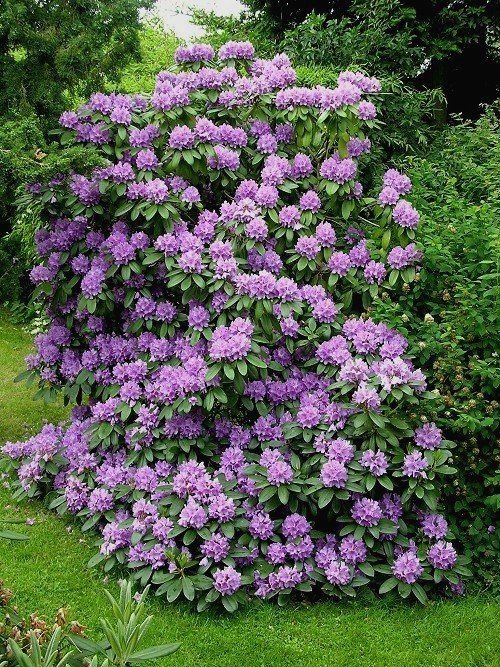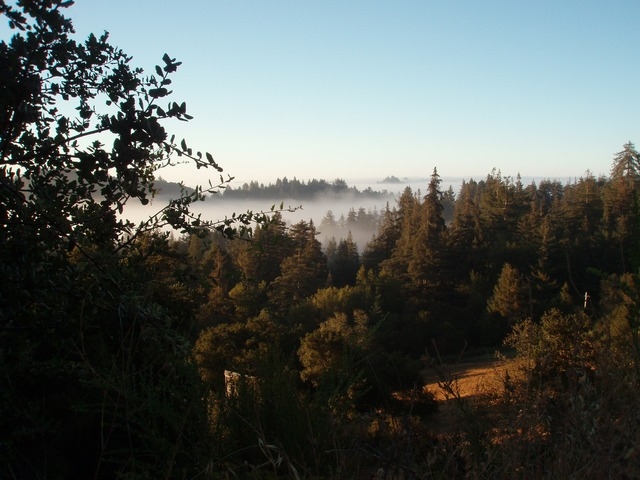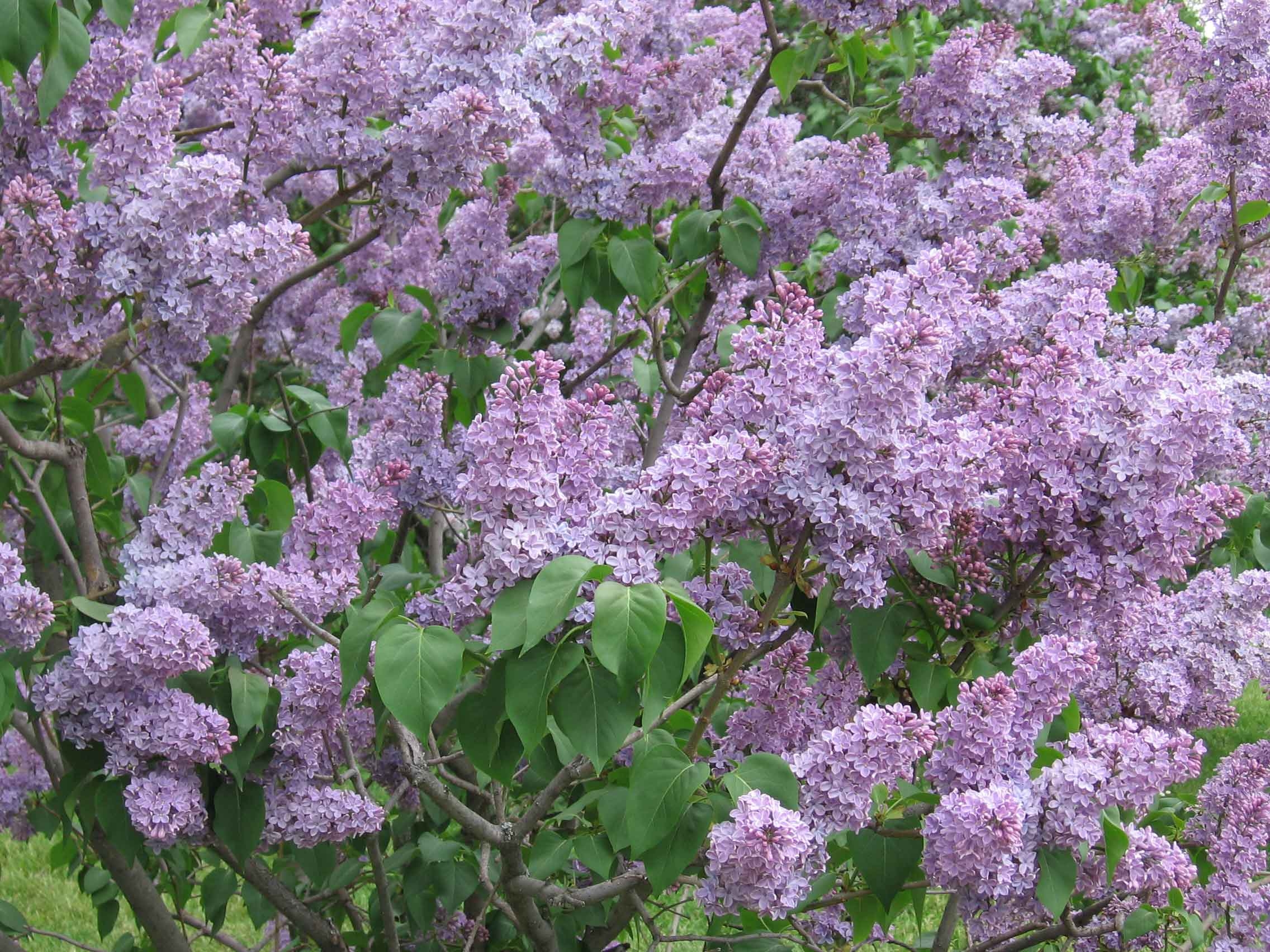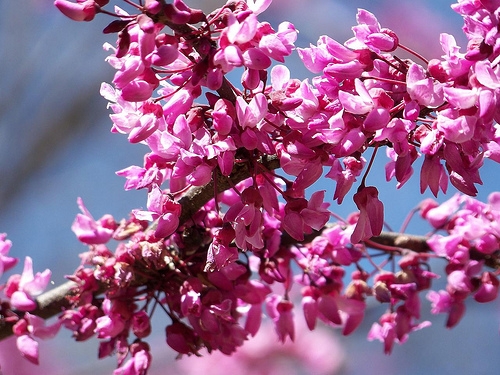In like a lion, out like a lamb. This phrase describing  refers to the position in the sky of the constellation Leo, the lion, at the beginning of the month and Aries, the ram or lamb, at the end. As I write this week’s column, the saying rings true so far this month. Beautiful weather and more daylight hours to enjoy it. What’s not to like?
refers to the position in the sky of the constellation Leo, the lion, at the beginning of the month and Aries, the ram or lamb, at the end. As I write this week’s column, the saying rings true so far this month. Beautiful weather and more daylight hours to enjoy it. What’s not to like?
There’s so much to do now in the garden. If you are feeling overwhelmed here are some suggestions for the more important to-do’s.
* Check drip systems for leaks or clogged emitters. Flush sediment from filters and check screens for algae. You may need to add emitters if plants have grown significantly.
* Finish pruning and clean-up of trees, shrubs, vines and perennials. this includes fireblight die-back on pears, apples, hawthorn, pyracantha, photinia, crabapple quince and toyon., Prune out and discard diseased branches making the cut at least 6-8" below blighted tissue. Clean the pruning blades with a 1:5 solution of household bleach to prevent spread of the disease. Also finish pruning and cutting back perennials and ornamental grasses. Go ahead and give grasses a 3-5" crewcut so fresh growth can emerge. Cut back old foliage of maiden hair ferns to allow new growth to take center stage. If you have Western sword ferns or another type that has winter or thrip damage, remove shabby looking fronds. Even if you have to cut back the entire fern it’s OK. It will regrow in just of couple of months. Prune any other frost damaged plants when you see new growth begin.
* Spread fresh compost around all your plants. Good soil is the secret to successful gardening. the first principle of organic gardening is to feed the soil and it will feed the plant. Remember that all gardening used to be organic. Layer compost and or mulch on top of the soil and let it slowly decompose and filter down into the earth.
* As you plant new additions to the garden add organic matter to the soil. If your garden’s soil is sandy, organic matter enriches it and allows it to hold water more efficiently. If your soil tends toward heaviness, organic matter loosens it up and improves drainage. In well-amended soil, plants grow deep roots, are hardier and more resistant to disease. Organic matter, like compost, planting mix and well-rotted manure, boosts nutrition and improves soil structure.
* Fertilize if you haven’t already done so. Citrus, shrubs and fruit trees just emerging from dormancy are begging for their first meal of the season. Lawns begin their spring growth now also and benefit from a boost of nitrogen. You can also spread a thin layer of composted manure over you lawn. Leaving you grass clippings on the lawn will benefit it by shading the roots as it get warmer and as they break down they help feed it, too. Perennials benefit from both a fresh layer of compost and a light application of balanced fertilizer. They respond to phosphorus especially in the spring for root growth, stem sturdiness and flower development. Wait until azaleas, camellias and rhododendron have finished blooming before feeding them.
* The most important to-do for March is to take time out and enjoy your garden and our beautiful surroundings. Those last few weeds will be there tomorrow but you’ll never get another today.

 around the plants as this would injure the surface roots. Finally, most rhodies thrive in partial shade or morning sun. The hot afternoon sun that we get during the summer would burn even those varieties that tolerate some sun. Since their leaves remain on the plant for several years you’d have to live with burnt leaf centers and edges for a long time if they got too much sun.
around the plants as this would injure the surface roots. Finally, most rhodies thrive in partial shade or morning sun. The hot afternoon sun that we get during the summer would burn even those varieties that tolerate some sun. Since their leaves remain on the plant for several years you’d have to live with burnt leaf centers and edges for a long time if they got too much sun.  . I’ve kept a weather journal for my area, the San Lorenzo valley, since 1992. Based on my records, we may get a few light frosts, especially after a storm, in late March or early April but for the most part, we have mostly passed the chance of having a frosty morning. Still it’s a good idea to have a cardboard box or blanket ready to protect your young seedlings.
. I’ve kept a weather journal for my area, the San Lorenzo valley, since 1992. Based on my records, we may get a few light frosts, especially after a storm, in late March or early April but for the most part, we have mostly passed the chance of having a frosty morning. Still it’s a good idea to have a cardboard box or blanket ready to protect your young seedlings.  nce. Lavender Lady lilac would bring delicious fragrance to the garden. How about adding an accent tree like a Echtermeyer weeping crabapple with purple-red blooms? The birds love the wine red fruit that hand on the tree during the winter. Forest Pansy redbud also look terrific in the garden. Their burgundy heart shaped leaves turn orange in the fall are an added bonus after bright magenta spring flowers.
nce. Lavender Lady lilac would bring delicious fragrance to the garden. How about adding an accent tree like a Echtermeyer weeping crabapple with purple-red blooms? The birds love the wine red fruit that hand on the tree during the winter. Forest Pansy redbud also look terrific in the garden. Their burgundy heart shaped leaves turn orange in the fall are an added bonus after bright magenta spring flowers. . Keep the garden simple and restful. Editing some of the plants will make the garden lower maintenance, too. Plants that have overgrown the space need constant pruning. Move them to a better spot.
. Keep the garden simple and restful. Editing some of the plants will make the garden lower maintenance, too. Plants that have overgrown the space need constant pruning. Move them to a better spot.